Professional Experience 💻
Research Assistant at Human Factors & Simulation Lab
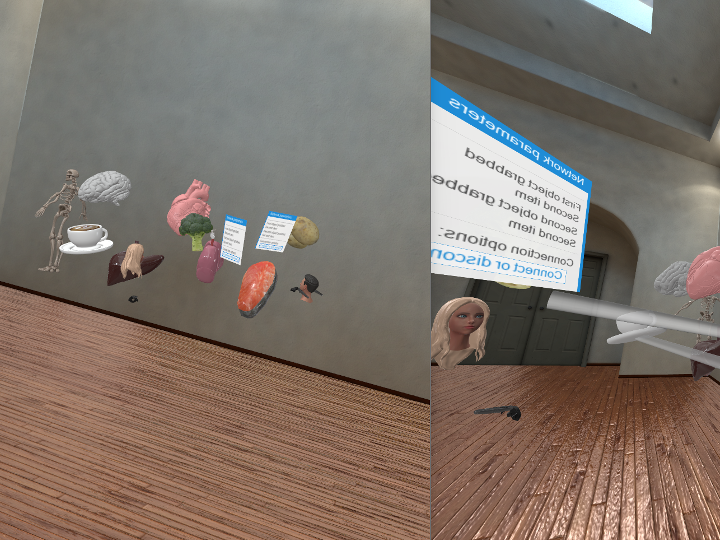
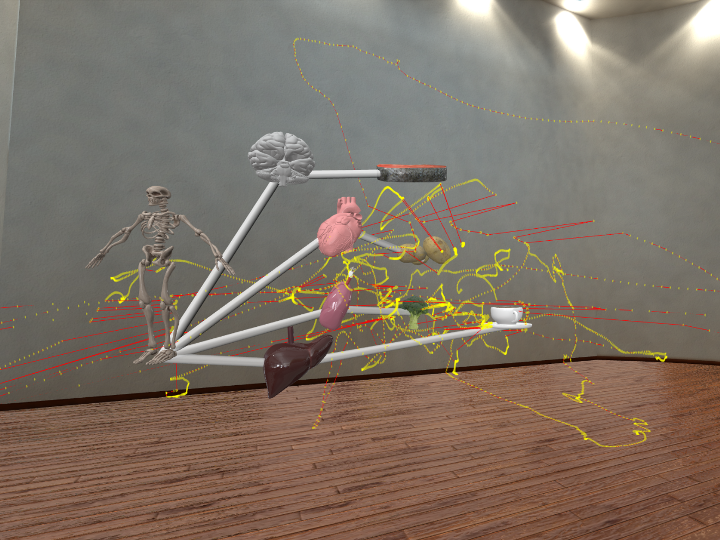
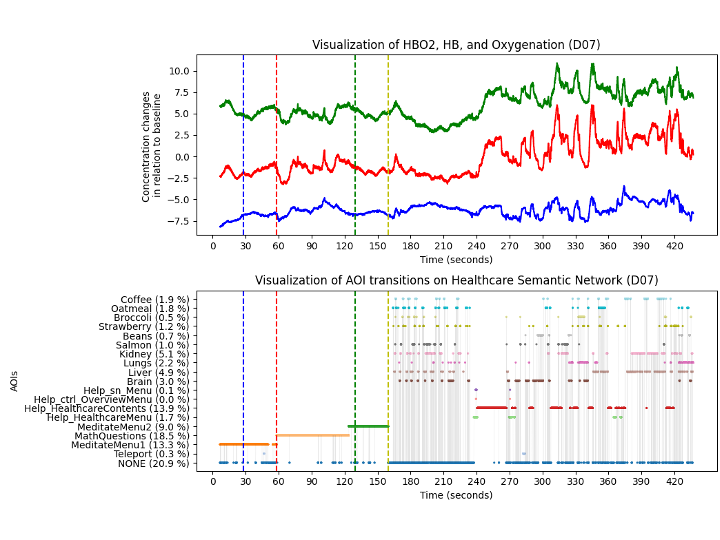



In the near future, the learning environment for students could undergo significant changes, with a potential transition to a virtual environment.
However, it may be challenging for students, especially young ones, to maintain focus and attention when surrounded by technology.
Therefore, it would be beneficial to find a way to measure students' engagement during their learning and provide feedback based on their level of engagement.
However, measuring and defining engagement is a complex task.
To address this challenge, our lab is currently analyzing subjects' eye movements in virtual reality (VR), such as the number of eye fixations and durations, and correlating them with their brain activity.
The brain activity data is collected separately using an fNIR sensor device.
The project is currently ongoing, and further updates will be provided.
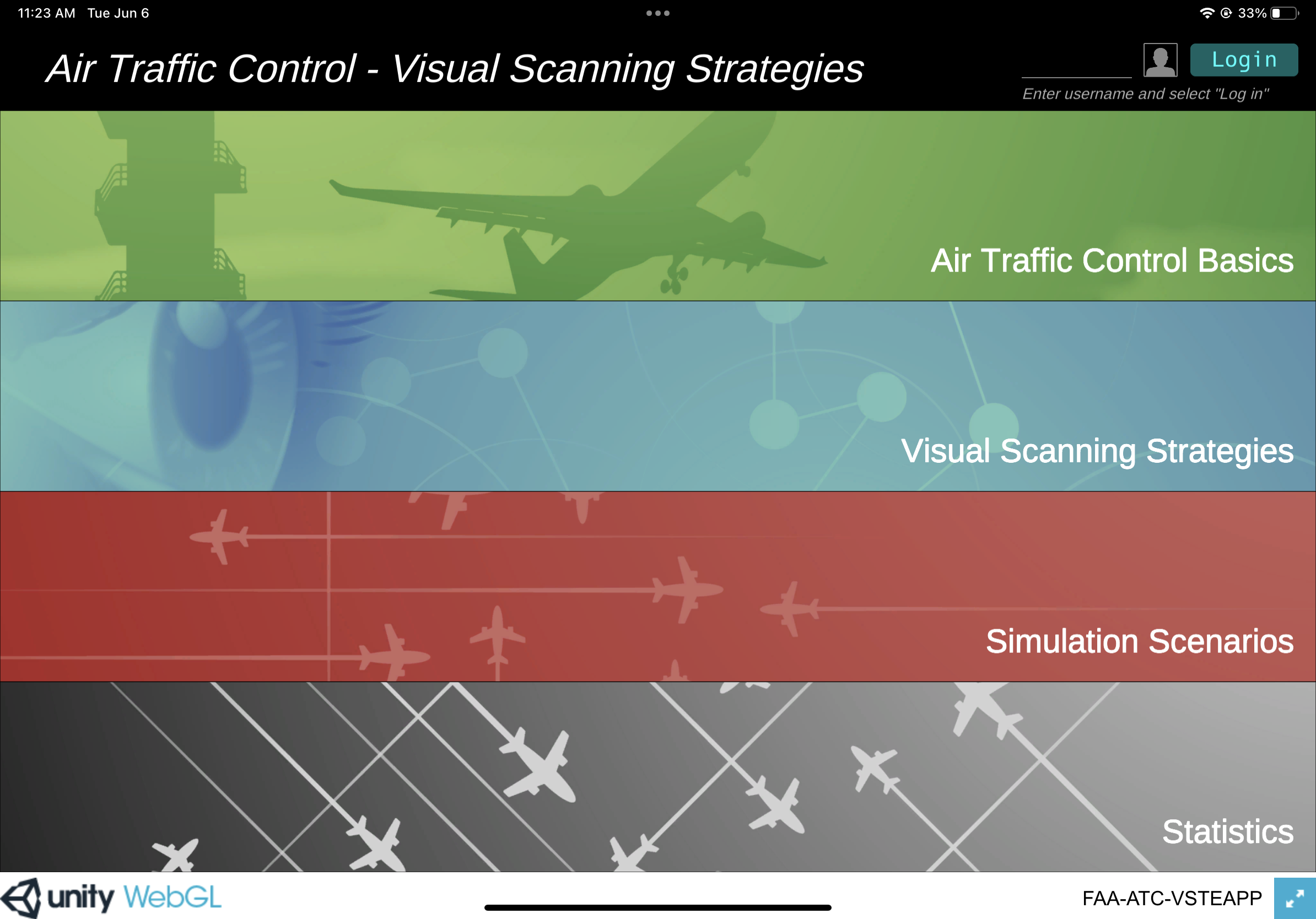
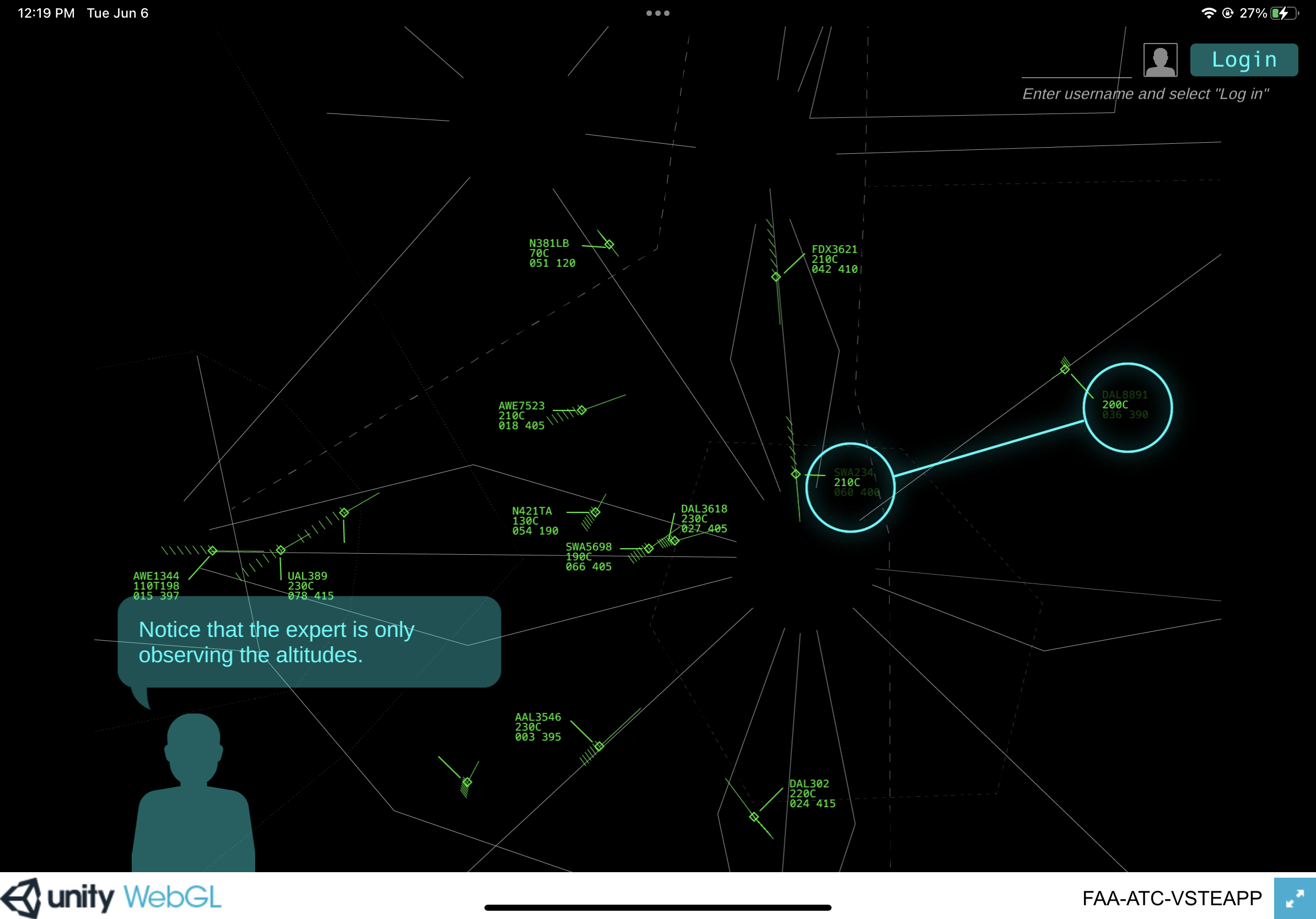
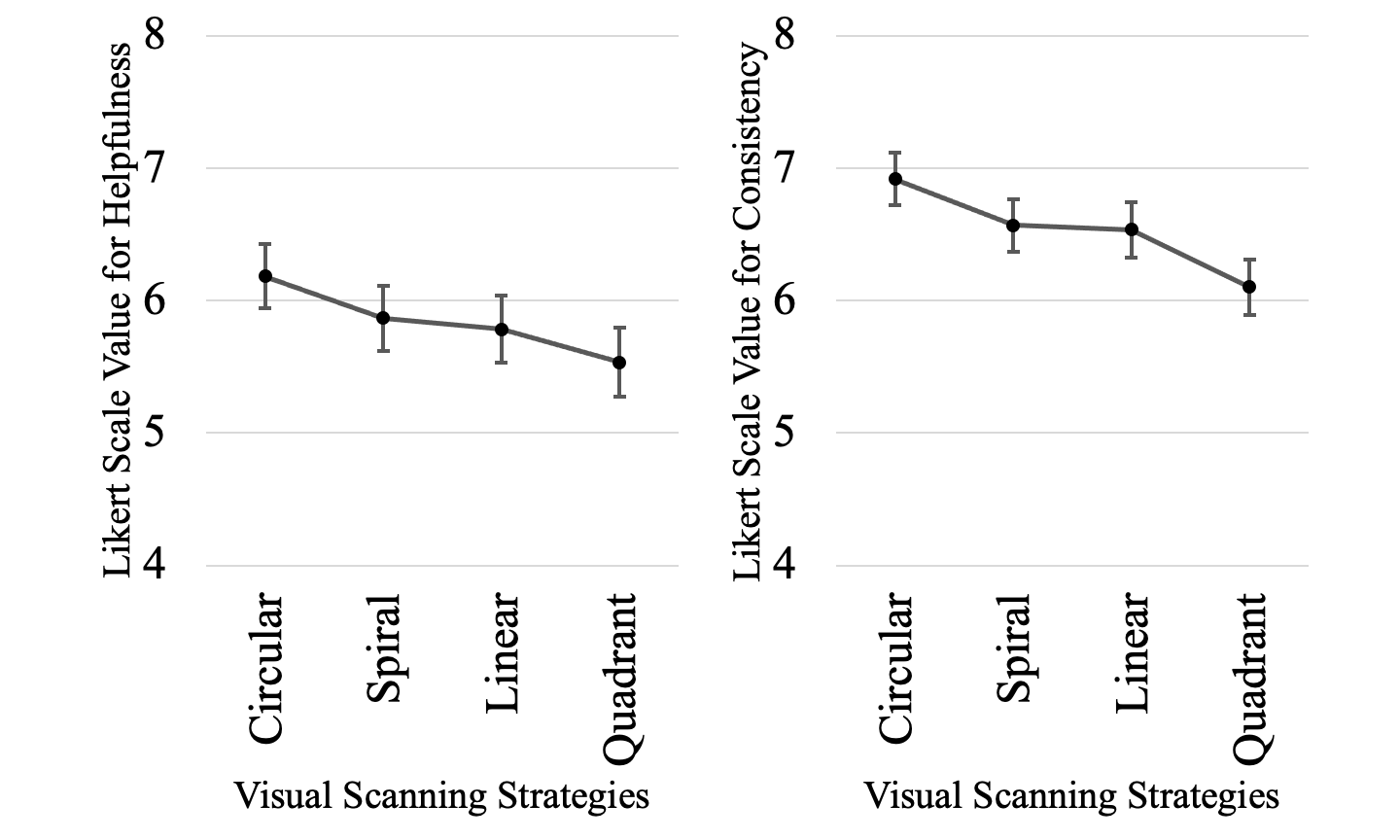
Previous research indicates that expert air traffic controllers utilize specific strategies when scanning en-route radar displays for detecting loss of separation between aircraft.
These strategies can be categorized into four main types based on their geometric pattern: circular, spiral, linear, and quadrant-based strategies.
Most of the experts in the research stated that they primarily use the circular strategy throughout their tasks.
To investigate whether these findings can be applied to non-experts as well, an application was developed for this project.
The application, which can run on a tablet computer, includes the basic concept of air traffic control and an overview of four visual scanning strategies.
Data were collected from students at the University of Oklahoma and analyzed.
It turns out that the students were able to use the circular scanning strategy most consistently, they also reported that the circular strategy was the most helpful to detect potential conflict pair(s) of aircraft.
This project was funded by Federal Aviation Administration and led by Dr. Ziho Kang.
I assisted in creating visual materials and strucutres of the application, and conducting experiment on both collecting users' peformance and usability of the app.
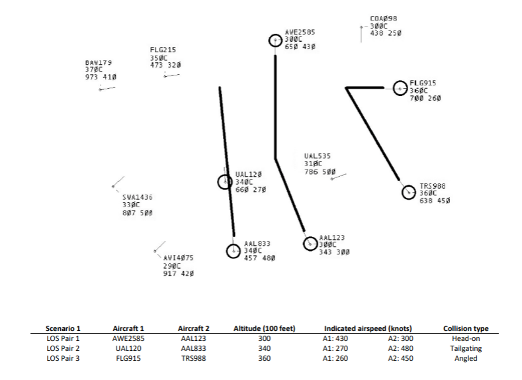
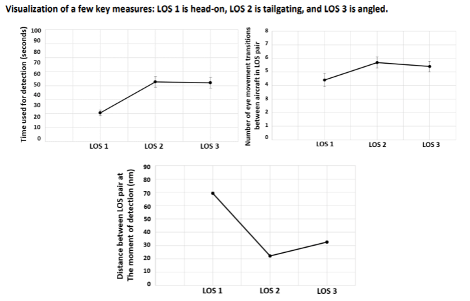
An en-route radar display is a type of radar display that provides information about aircraft en route to an airport to air traffic controllers. As part of our lab's research, we developed multiple measures that can be used to define and quantify the controllers' performance. These measures can be easily calculated or captured from a recording of the radar display while the controllers are engaged. The newly suggested performance measures include, but are not limited to, "time to detect a conflict pair of aircraft," "distance to a conflict point from each aircraft of the conflict pair," and "number of eye fixations on each aircraft of the conflict pair.” By measuring and analyzing the performance of air traffic controllers using these measures, we can identify areas where improvements can be made and develop strategies to optimize their performance. This information can be used to inform the design of training programs and improve the safety and efficiency of air traffic control systems.
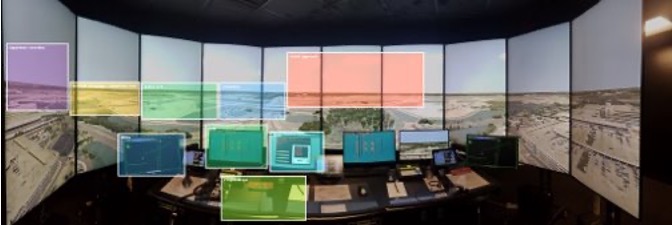
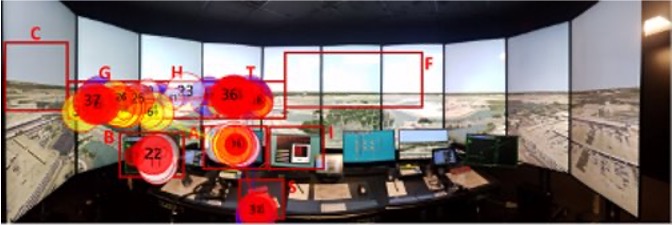
As part of Human Factors and Simulation Lab's research work, we worked with the Federal Aviation Administration (FAA) to conduct a study on the eye movements of active air traffic controllers. Specifically, we collected data on their eye movements during their tasks in a high-fidelity virtual environment of an air traffic control tower. Our study aimed to gain insights into the behavior of air traffic controllers, particularly in a simulated environment. By analyzing their eye movements, we sought to understand how they process information and make decisions while performing their duties. The study involved the use of advanced eye tracking technology to capture and record the eye movements of the air traffic controllers while they carried out their tasks. The virtual environment was designed to be as realistic as possible, with the aim of simulating the experience of working in an actual air traffic control tower. Overall, our study provides valuable insights into the behavior of air traffic controllers and their decision-making processes. The findings can be used to inform the design of training programs and tools for air traffic controllers, with the aim of improving their performance and safety.
UX Research Intern at Love's Travel Stops
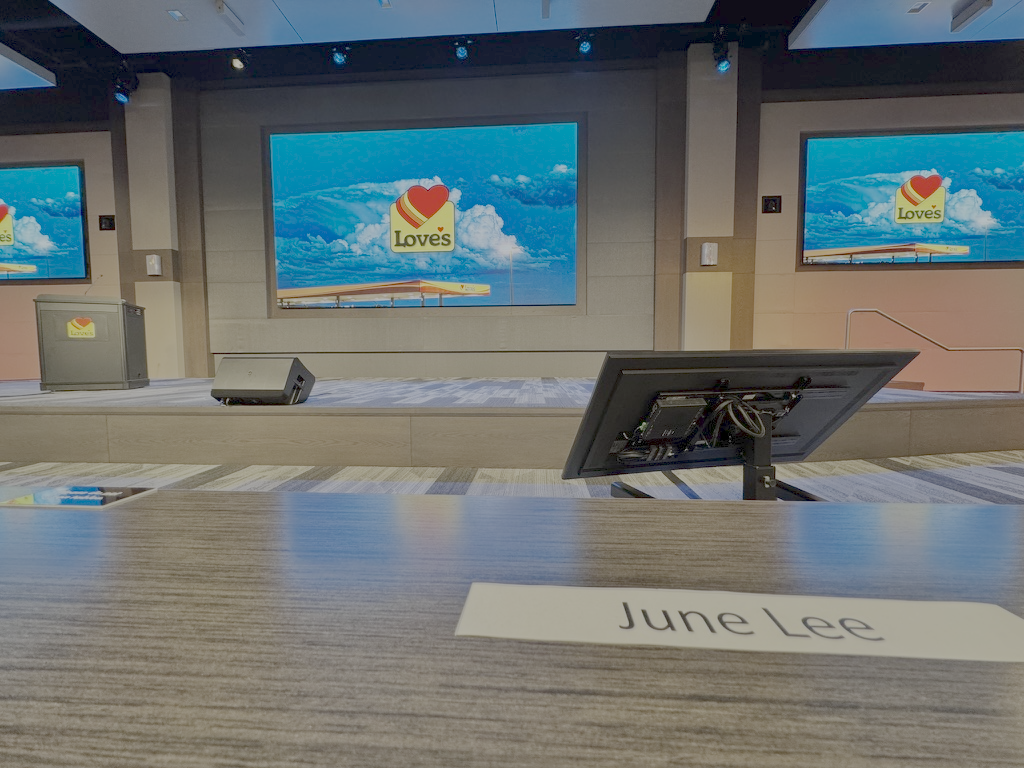
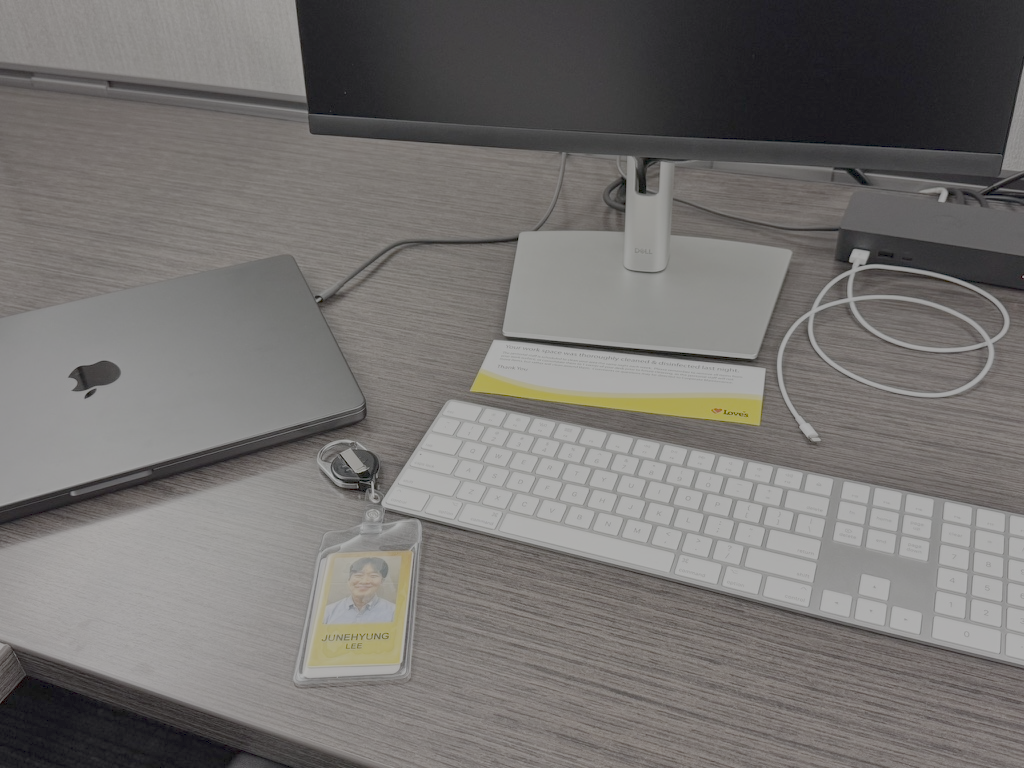
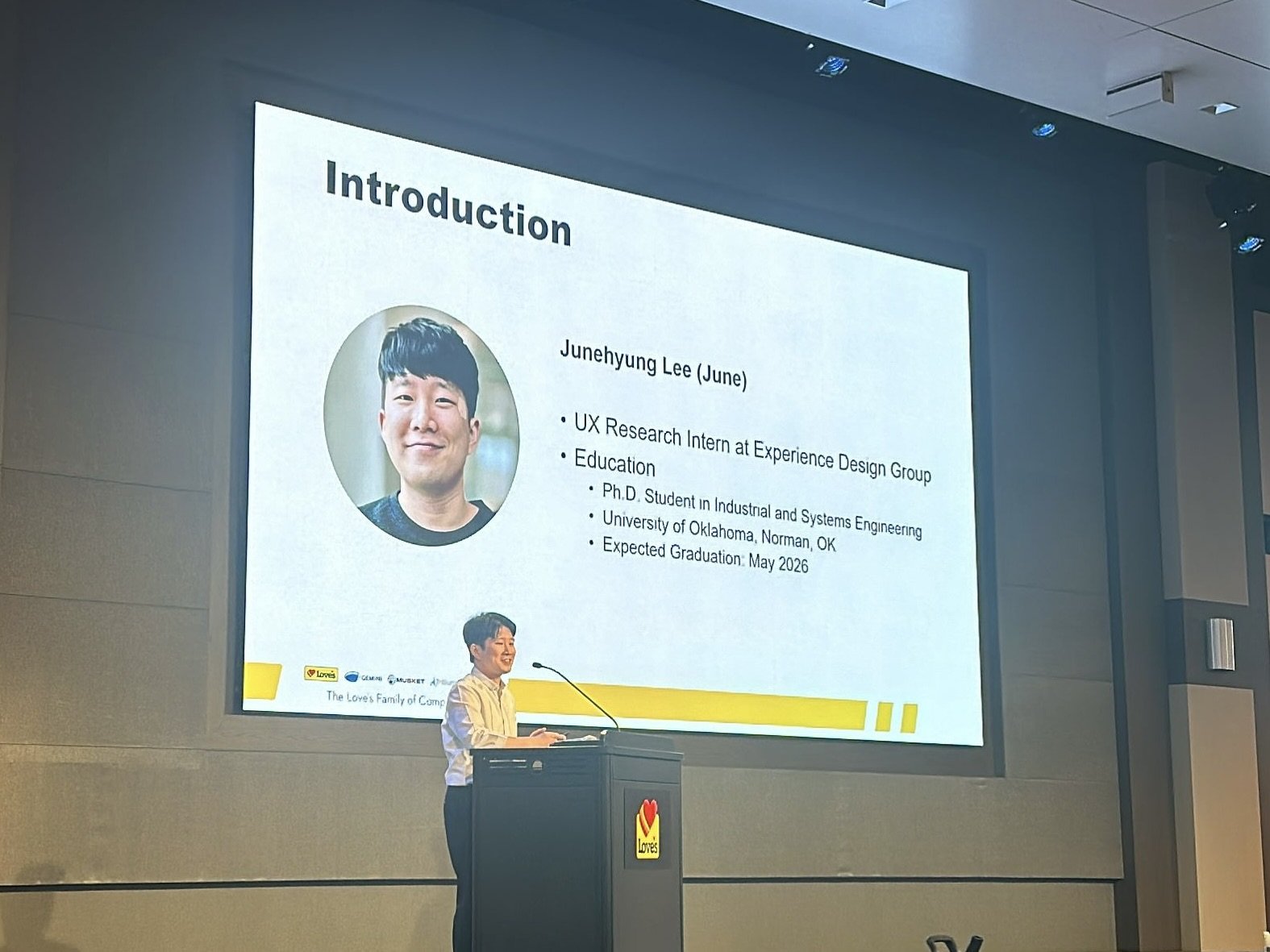
At Love’s Travel Stops, the Experience Design Group (XD Group) serves as both a research and design division that collaborates with various departments across the company.
The UX Research team within the XD Group functions as an internal research unit, capable of designing tailored user research methods—such as surveys, interviews, focus groups, and experiments—to address the research questions of other departments.
This support enables them to make informed decisions, enhance customer experiences, and drive overall business growth.
During Summer 2024, I had the opportunity to work as a UX Research Intern at XD Group at Love's to gain hands-on experience in user research methodologies, contribute to meaningful projects, and collaborate with cross-functional teams (e.g., Loyalty, Analytics, and Products) to enhance user experiences across various platforms.



During my internship at Love's, I was tasked with identifying which commercial drivers could help the company generate more revenue by buying more diesel fuel. For this study, I calculated the potential fuel share headroom, which indicates how many additional gallons the company could earn based on the commercial drivers’ typical monthly diesel usage. I have used both survey data and analytics data to enhance the accuracy of this value.
Once the commercial drivers with high potential fuel share headroom values were identified, I examined their characteristics, such as driver type, loyalty status, the size of their vehicles, and the area they are based in, etc., for customer segmentation and better targeting.
Lastly, one of the survey questions was further analyzed to assess how the company can earn their business based on the segmentation analysis results. The responses to the Max-Diff survey question regarding commercial drivers with high potential fuel share headroom values are visualized in the third plot. Based on these insights, various business plans can be developed to help the company grow.
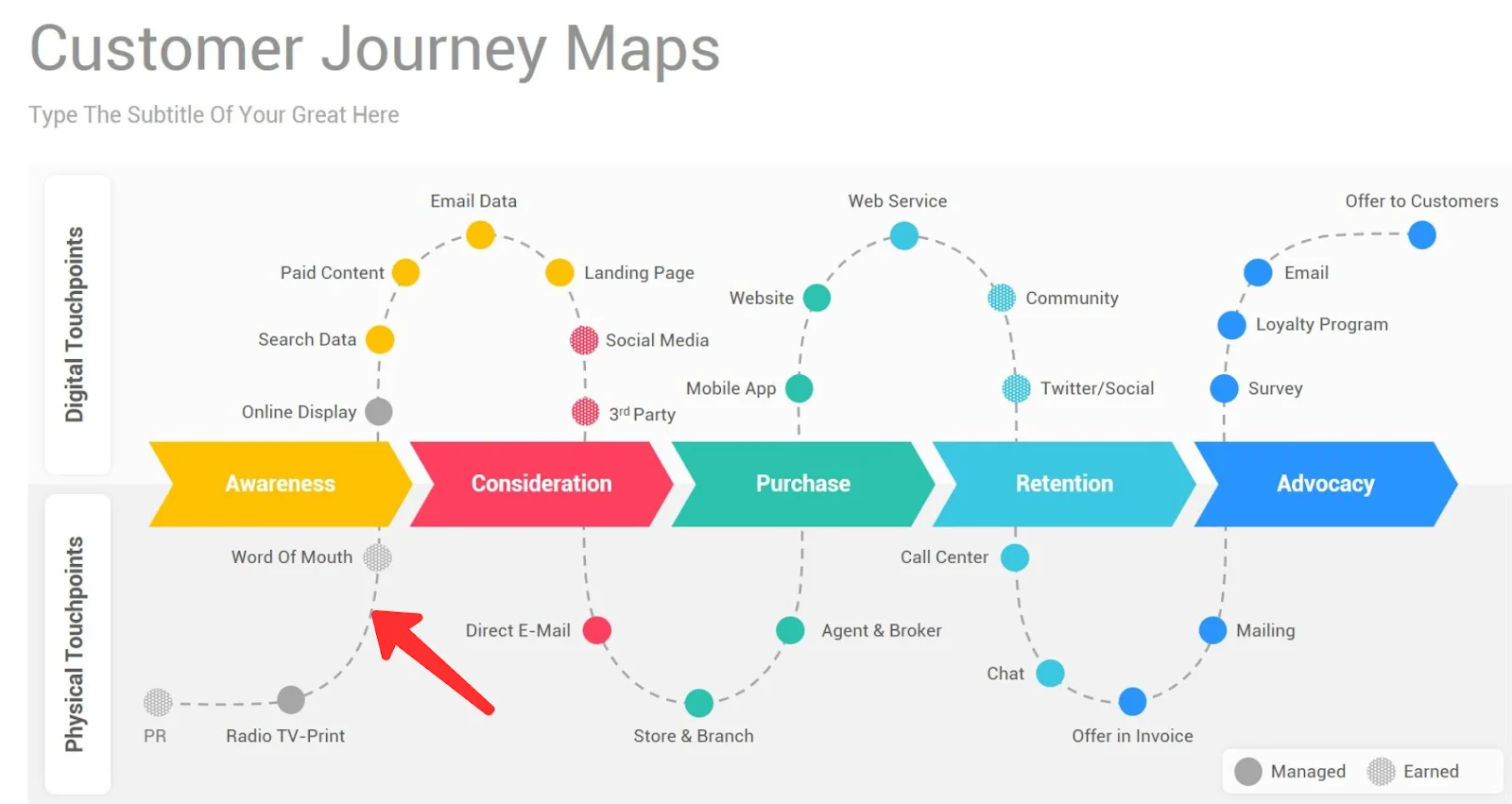
.png)

Image from Tobii
In addition to the main internship project, I also assisted with other projects. A key responsibility of the UX Research team is to conduct research reviews, which involve investigating whether similar studies have been conducted previously when a department submits a research request. I have reviewed a customer journey map regarding commercial drivers requesting roadside assistance and was able to restructure it based on their main pain points and delighters.
Moreover, the company was planning to launch a new type of kiosk device, and the UX Research team helped design a usability test and define relevant measures that could be used as benchmark values for upcoming design changes and modifications to the system. My main contribution to this project was assisting in writing a proposal on how eye-tracking research can benefit the usability testing and what measures can be used for benchmarking.
National Science Foundation's Innovation Corps (I-Corps)
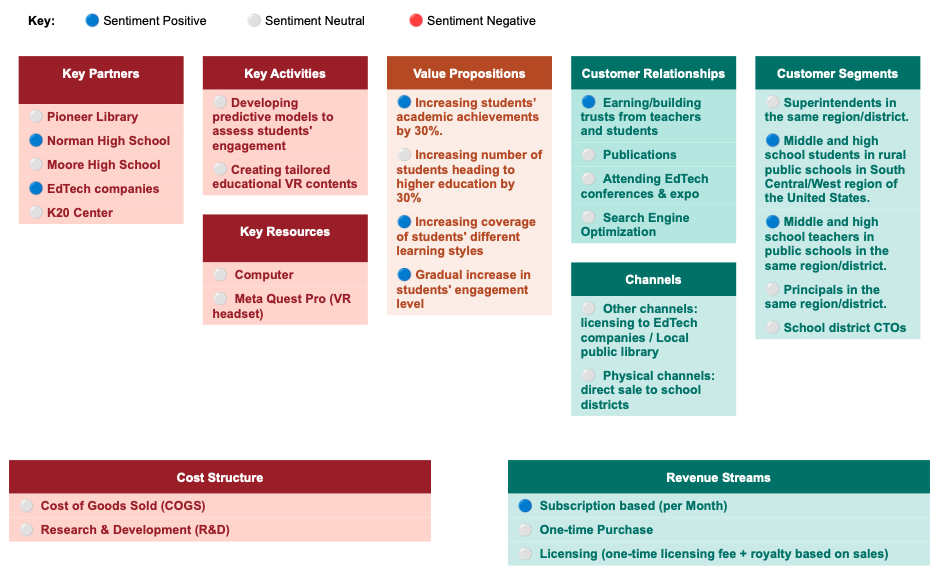
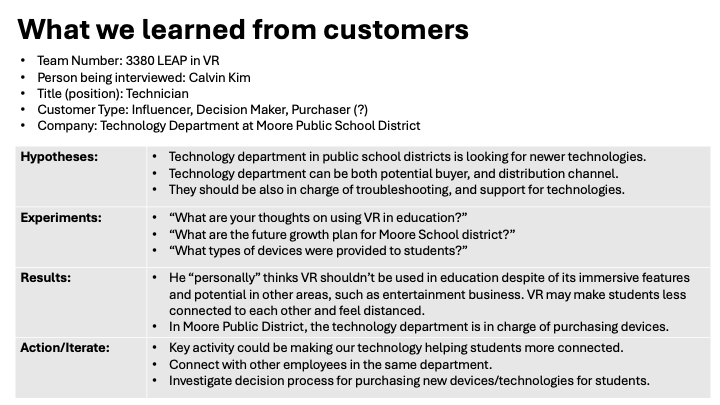
The NSF I-Corps (Innovation Corps) program is an initiative by the National Science Foundation aimed at fostering entrepreneurship and innovation in the academic and research community. It provides resources and support to researchers and their teams to help them translate their scientific discoveries into viable business ventures.
I was fortunate to participate in the Spring Cohort 2024 of the NSF I-Corps program as part of a team with my advisor, Dr. Ziho Kang (Technical Lead), and Ms. Seemah Karande (Business Mentor), a research fellow at DOW Chemical. During the program, I underwent training as an Enterpreneur Lead, that focused on customer discovery, market validation, and business model development. I was able to conduct more than 100 interviews with potential customers to identify their various needs and understand how gaps are formed in their fields.
Our team’s proposed technology aims to develop an immersive virtual reality learning space where multiple students can join their teacher simultaneously. Our technology not only provides an immersive experience related to what students are learning but also gives instructors rich information on their students’ engagement levels by analyzing biological measures, such as eye movement, haptic, and brain activity data.
Teaching Assistant at The University of Oklahoma
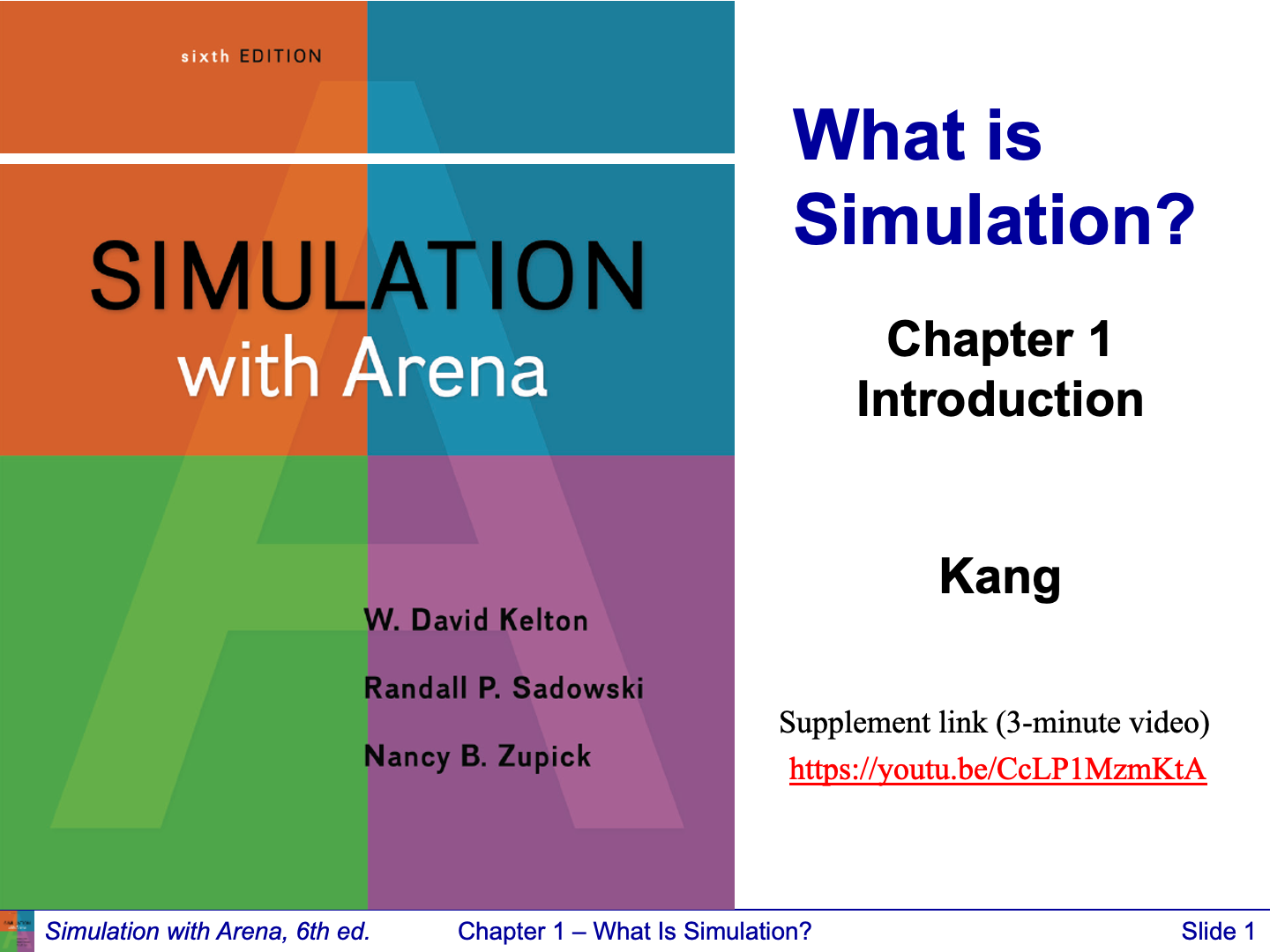
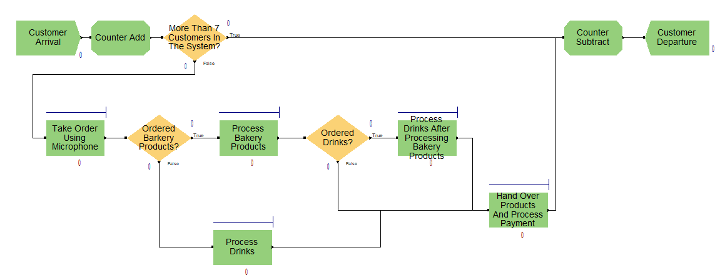
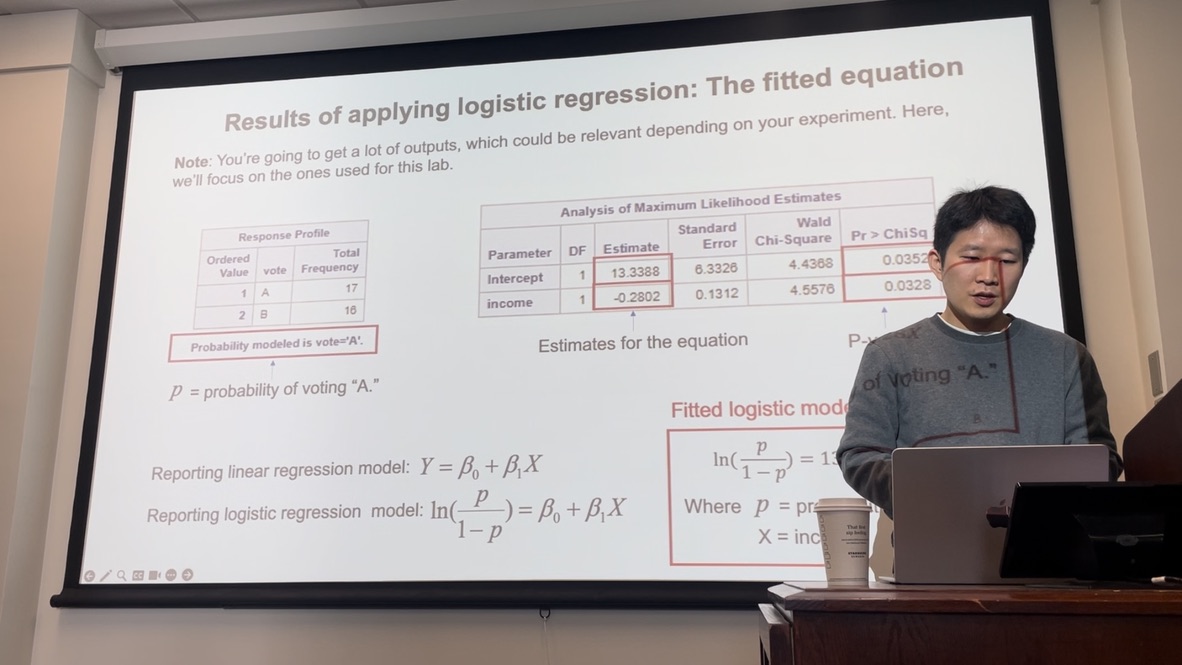
As part of the course, students will learn about discrete-event simulation.
This approach involves modeling the behavior of a system over time, focusing on the occurrence of discrete events.
By using simulation software such as Arena, students can design and analyze complex systems in a controlled environment.
The course will also cover statistical decision-making, where students will learn how to compare multiple systems through multiple simulation runs.
As a teaching assistant for this course, I had the opportunity to lead lab sessions for 30-40 students.
During these sessions, my primary focus was on teaching the students how to use Arena simulation software and providing guidance on how to make statistical decisions.
- Instructor: Dr. Ziho Kang
- Semesters served as TA: Fall 2020, 2021, 2022, 2023
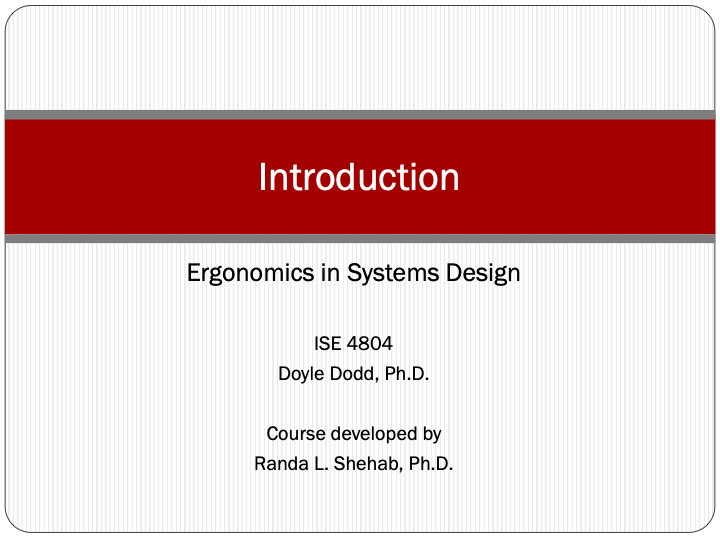
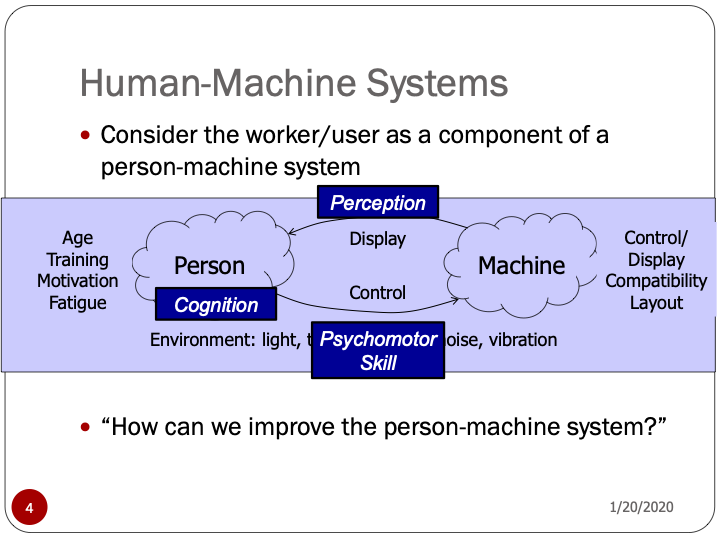
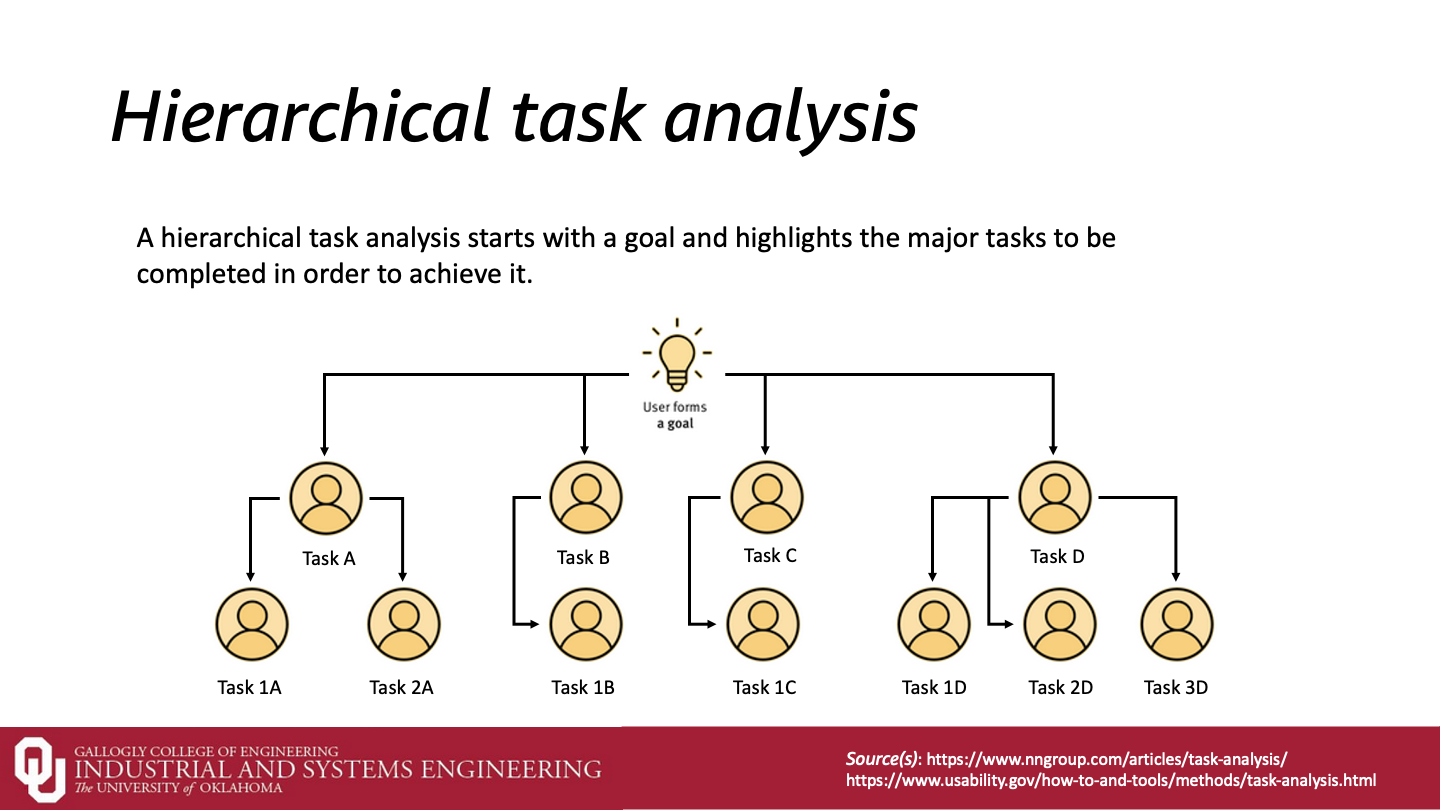
Throughout the course, students learn about what constitutes an ergonomically friendly design and why it is important for users.
Specifically, they are introduced to the principles of ergonomics and how these principles can be applied in the design process.
They also learn about the different types of users and how their needs and preferences should be taken into account when designing products (or systems).
In addition, students are taught about the potential health risks associated with poor ergonomic design, such as musculoskeletal disorders, and how these can be prevented through proper design.
In my role as a teaching assistant for this course, I led lab sessions for 30-40 students.
During these sessions, I assigned students a project that challenged them to solve problems related to ergonomic designs and systems.
Students submitted their results in technical report or executive summary format, which I and other TAs graded.
- Instructor: Dr. Doyle Dodd
- Semesters served as TA: Spring 2022, 2023
Other experience
- Delivered a comprehensive one-hour presentation on discrete-event simulation and conducted a hands-on workshop utilizing the ARENA simulation software, specifically tailored for high school students attending OU Engineering Days (2023).